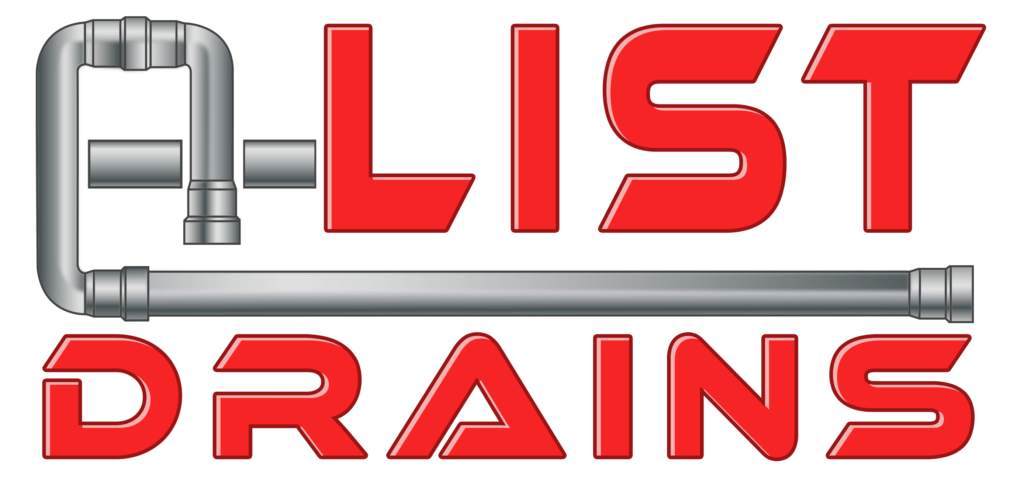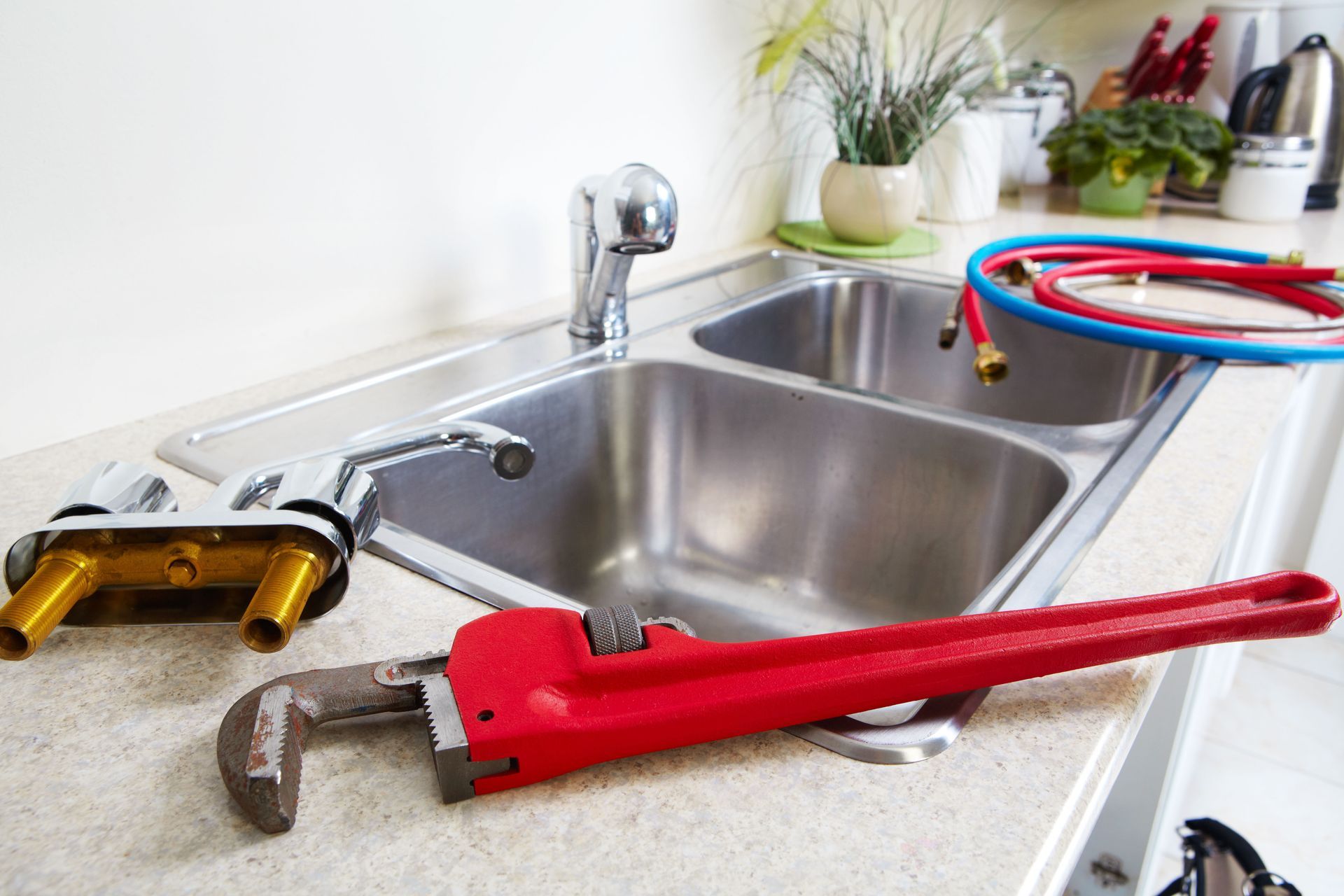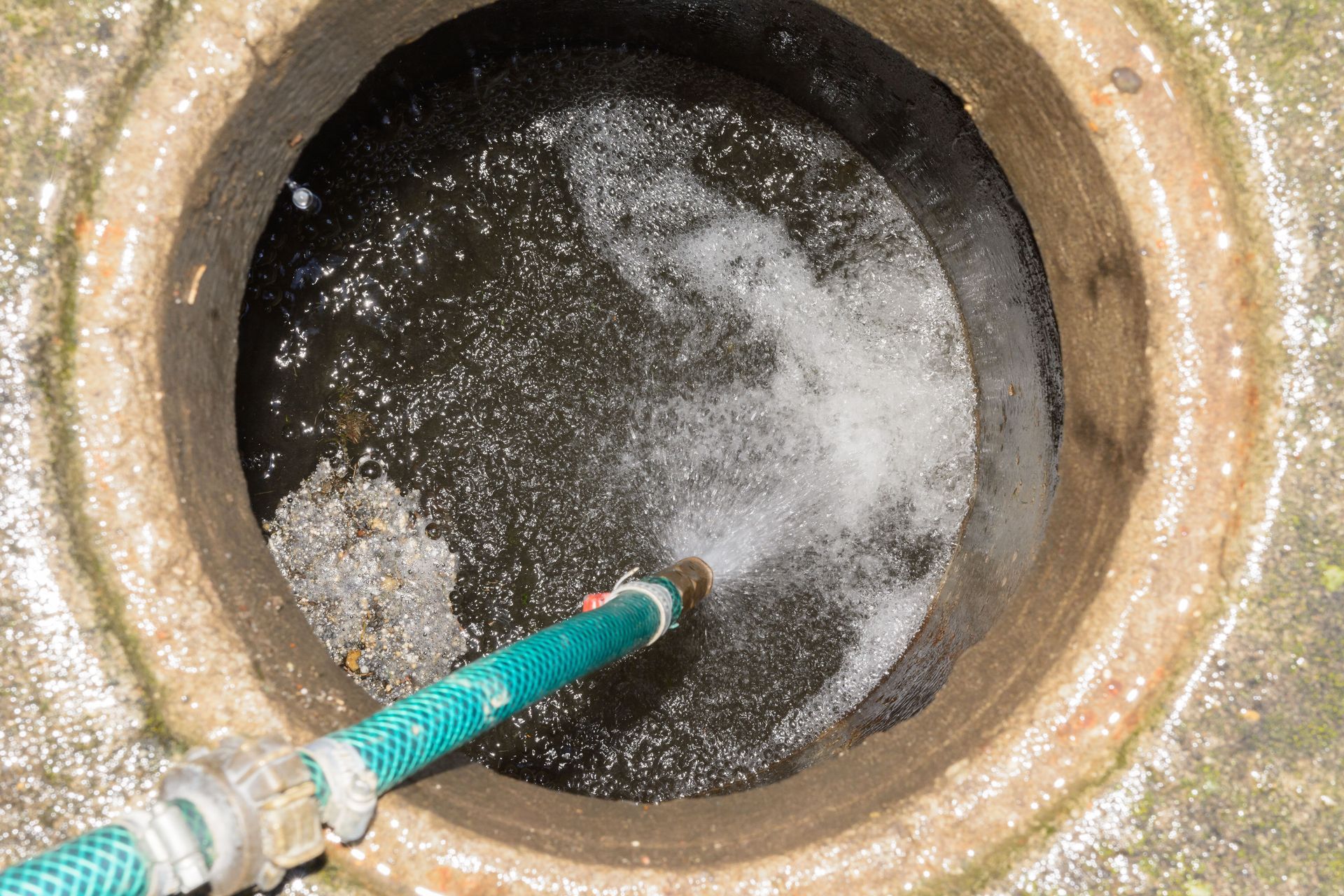A Brief History of Plumbing and Wastewater
The story of plumbing and wastewater management mirrors the progress of human civilization itself. From simple irrigation ditches to complex underground sewer networks, every era has contributed to the systems that keep our modern cities running smoothly. These innovations have shaped not only public health and sanitation but also urban growth and environmental awareness. Today, understanding how plumbing evolved provides valuable insight into how we can address modern issues — like sustainability and the occasional clogged drain — with smarter, more resilient solutions.
Trace the Beginnings of Plumbing in Ancient Civilizations
Plumbing’s earliest developments can be traced back to ancient societies that understood the importance of directing water for sanitation and survival. In Mesopotamia, some of the first irrigation channels and canals helped manage floods and sustain growing populations. This early understanding of hydraulic systems set the foundation for centuries of water management innovations.
Meanwhile, the Indus Valley Civilization introduced remarkably advanced urban planning. Archaeologists have uncovered homes in Mohenjo-Daro and Harappa with indoor plumbing and brick-lined sewers — evidence of both technical skill and an emphasis on public hygiene. Ancient Egyptians also developed complex irrigation systems that harnessed the power of the Nile River, ensuring fertile fields and supporting expanding populations.
Across the Mediterranean, Greek engineers refined plumbing by constructing aqueducts, clay piping, and public baths, placing water at the heart of civic life. The Romans, however, took these ideas to unprecedented heights. According to Atlas Obscura, one of the earliest sewer systems — the Cloaca Maxima — was built around 600 BC in Rome to drain stormwater and waste. Roman aqueducts, bathhouses, and public fountains reflected a culture that valued engineering precision and cleanliness, setting standards that influenced generations to come.
Examine Medieval Struggles and Early Sanitation Efforts
After Rome’s decline, plumbing technology in medieval Europe regressed. Crowded cities lacked organized waste management, and people often discarded refuse directly into the streets. These unsanitary conditions contributed to widespread disease and what we might call the “clogged drain” problems of the era — except on a citywide scale. The absence of systematic plumbing highlighted how far society had drifted from Roman innovation.
Amid the chaos, monasteries stood out as centers of cleanliness and learning. Monks constructed simple aqueducts and enclosed toilets, maintaining higher sanitation standards than the surrounding towns. Their careful recordkeeping preserved knowledge of plumbing systems that would later inform Renaissance engineers.
The devastation of the bubonic plague underscored the vital link between sanitation and public health. Cities responded by instituting basic sanitation laws, such as requiring waste removal from streets and regulating privy placement to protect water sources. Though rudimentary, these early policies laid the groundwork for the structured plumbing systems that would later emerge.
Revive Classical Knowledge During the Renaissance and Enlightenment
The Renaissance reignited interest in classical engineering, sparking new plumbing achievements inspired by Roman design. Scholars translated ancient texts on hydraulics, leading cities to revive aqueduct construction and improve water delivery methods. This renewed appreciation for classical wisdom ushered in a wave of experimentation and invention.
During the Enlightenment, science became central to plumbing innovation. Engineers applied the principles of physics and chemistry to water treatment and sewer design, developing solutions that improved sanitation across growing cities. The result was a gradual shift from crude waste disposal to the more methodical wastewater management practices recognizable today. The adoption of standardized plumbing codes during this era provided an essential safety net, ensuring that even complex systems remained reliable and consistent.
While the concept of a clogged drain may seem simple today, these early advancements demonstrated how scientific thinking could solve problems that had long plagued urban life.
Discover How the Industrial Revolution Transformed Plumbing
The Industrial Revolution marked a turning point for modern plumbing. Rapid urbanization placed enormous pressure on outdated systems, leading to unsanitary living conditions and public health crises. Cities responded by constructing vast underground sewer networks — an essential move that prevented disease and improved urban hygiene.
Steam power revolutionized plumbing operations, making water pumping faster and more efficient. Municipal water systems expanded rapidly, allowing piped water to reach more homes and factories than ever before. This era also introduced accessible indoor plumbing to the working class, reshaping daily life and setting new standards for comfort and cleanliness.
Public health reforms soon followed. Governments recognized that improving plumbing wasn’t just a matter of convenience — it was a matter of survival. Campaigns promoted sanitation education and advocated for better infrastructure investment. In many ways, tackling a clogged drain in the Industrial Age represented a much larger goal: maintaining the flow of life in rapidly evolving cities.
Explore the Global Expansion of Plumbing in the Modern Day
By the modern day, indoor plumbing had become a household norm across much of the industrialized world. Technological progress and economic growth allowed clean water and sanitation to reach homes on an unprecedented scale. This accessibility elevated living standards and reduced the spread of disease, illustrating how crucial plumbing is to public health.
Advancements in materials such as PVC and copper revolutionized pipe durability and installation efficiency. These innovations not only made plumbing more affordable but also reduced long-term maintenance, minimizing the chances of issues like a recurring clogged drain. At the same time, wastewater treatment evolved from simple filtration to advanced biological and chemical processing, improving environmental protection and sustainability.
As plumbing became a global enterprise, international standards were established to ensure safety and consistency. These codes unified practices across borders, promoting quality workmanship and supporting the worldwide exchange of technology and expertise.
As standards evolved, environmental consciousness began reshaping the industry. Water-efficient fixtures, greywater recycling, and conservation programs took center stage, reflecting society’s growing awareness of its environmental footprint.
Anticipate the Future of Plumbing and Wastewater Management
In today’s world, plumbing continues to evolve at a rapid pace. Smart technologies are transforming traditional systems through automation, leak detection, and energy-efficient design. These innovations help prevent costly issues, such as a hidden leak or a stubborn clogged drain, before they escalate into larger problems. Smart plumbing systems not only improve convenience but also contribute to sustainability by optimizing water use and minimizing waste.
Sustainability itself has become a guiding principle in modern plumbing. Practices like rainwater harvesting, eco-friendly piping materials, and wastewater recycling illustrate how the industry is adapting to climate change and environmental demands. The future of plumbing lies in creating systems that are both resilient and environmentally responsible.
For developing countries, however, the challenge remains access. Many regions still lack reliable sanitation and clean water, underscoring the global importance of innovation and infrastructure development. Building equitable plumbing systems will require collaboration, investment, and cultural understanding.
Looking ahead, breakthroughs in materials science, artificial intelligence, and renewable energy are poised to redefine how we manage water. The next chapter of plumbing history will likely center on balancing technological advancement with environmental stewardship — continuing the human quest to keep life flowing efficiently and sustainably.
The evolution of plumbing and wastewater management is a story of progress, resilience, and innovation. From ancient sewers like Rome’s Cloaca Maxima to today’s intelligent, eco-conscious systems, plumbing has shaped the way we live and thrive. Each era has faced its own version of the clogged drain — challenges that required creativity and commitment to overcome.
As we continue to build smarter, greener infrastructure, it’s vital to remember that plumbing is more than pipes and valves — it’s the foundation of public health, comfort, and sustainability. At A-List Drains Inc, we take pride in continuing this legacy. Let’s work together to solve your plumbing challenges efficiently and keep your drains — and your history — flowing smoothly.



Share On: